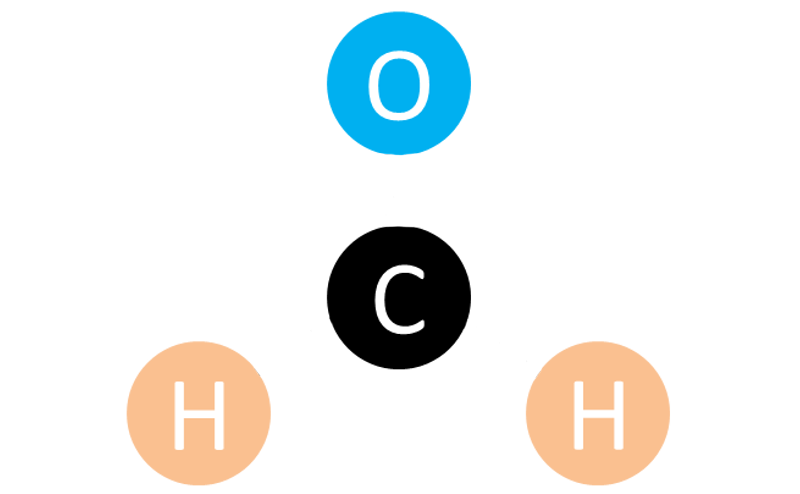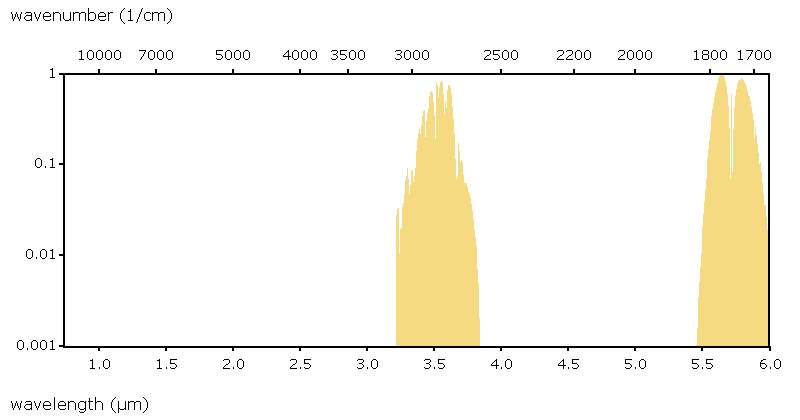

nanoplus lasers detect formaldehyde in numerous applications, such as in workplace exposure monitoring.
Tunable diode laser spectroscopy allows measuring CH2O with up to ppb precision in real time and in situ. Providing long-term stability and requiring little maintenance, nanoplus lasers are suitable for operation in harsh environments.

nanoplus offers various wavelengths to target the vibrational-rotational bands of formaldehyde. Select the target wavelength that fits your application best.
The literature recommends several options. They are illustrated in the graphic on the right, which shows the relative intensities of the possible absorption lines. To define the most suitable CH2O wavelength for your application, you may have a look at our literature recommendations below or refer to the HITRAN database from the Smithsonian Institute.
We present the most common Distributed Feedback lasers for CH2O detection below. Learn more about their specifications.

Above wavelengths as well as further customized wavelengths for formaldehyde detection are available from nanoplus.
When you choose your wavelength, you have to consider your product set up, environment and nature of the measurement.
These factors influence the optimum wavelength for your application. Do have a look at the Hitran Database to further evaluate your choice of wavelengths. Our application experts are equally happy to discuss with you the most suitable wavelength for your application.
Let us know the wavelength you require with an accuracy of 0.1 nm!
We compiled several papers on formaldehyde detection based on tunable diode laser absorption spectroscopy. Refer to below literature list to read more or select your paper by application.
Formaldehyde has been used in consumer and industrial products since the beginning of the 19th century. Currently the annual formaldehyde production accounts for 21 million tons. About 50 % are processed as adhesives in pressed wood panels. In 2004 formaldehyde has been classified carcinogenic by the International Agency for Research on Cancer. Since then formaldehyde concentrations have been strictly controlled in the production process as well as in the finished product. Laser-based measurement systems are required to detect the maximum levels of 0.01 ppb (USA) and 2 ppb (EU).
[ 143 , 114 , 108 , 78 , 22 , 9 ]If you have any questions on above wavelengths or require advice on making your choice, our experts will assist you. Just email us or give us a call.